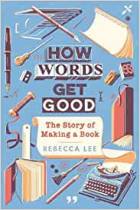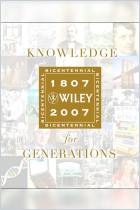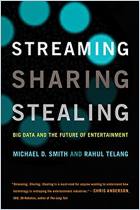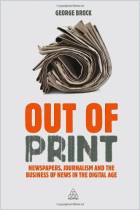Book publishers are “merchants of culture” and exert an enormous impact on society. Yet few people know how publishing makes a profit and how social, economic and cultural forces prompt the industry to serve an ever-changing audience. John B. Thompson, a professor of sociology, has compiled a thorough report on the British and US publishing industries. His analysis includes expert interviews and insider perspectives. Since his account is exceedingly detailed, getAbstract recommends Thompson’s insights to devoted readers who want to discover what drives the publishing business now and what will propel it in the future.
More Than Paper
Western book publishing began in Mainz, Germany, in the 15th century and has been an essential industry ever since, though the public has little understanding of how it functions. Today, the industry is going through a period of transition. Five forces – “economic, human, social, intellectual and symbolic capital” – constantly alter publishing relationships, and each force has its own dynamics. While each force carries weight in book publishing, the most critical ones are economic capital, because it determines a publisher’s competitive capabilities, and symbolic capital, “the accumulated prestige and status associated with the publishing house.”
The publishing industry functions through a service delivery chain starting with authors and including agents, editors, printers, and wholesale and retail distributors. The chain is fluid; the participants interact and provide expertise in their own areas while serving the ultimate goal of producing and selling books – usually in rapidly changing retail environments. During the early 1900s, independent specialty stores (drug stores, newsstands and department stores) sold most books. Macy’s began selling books...


















Comment on this summary or Démarrer une discussion